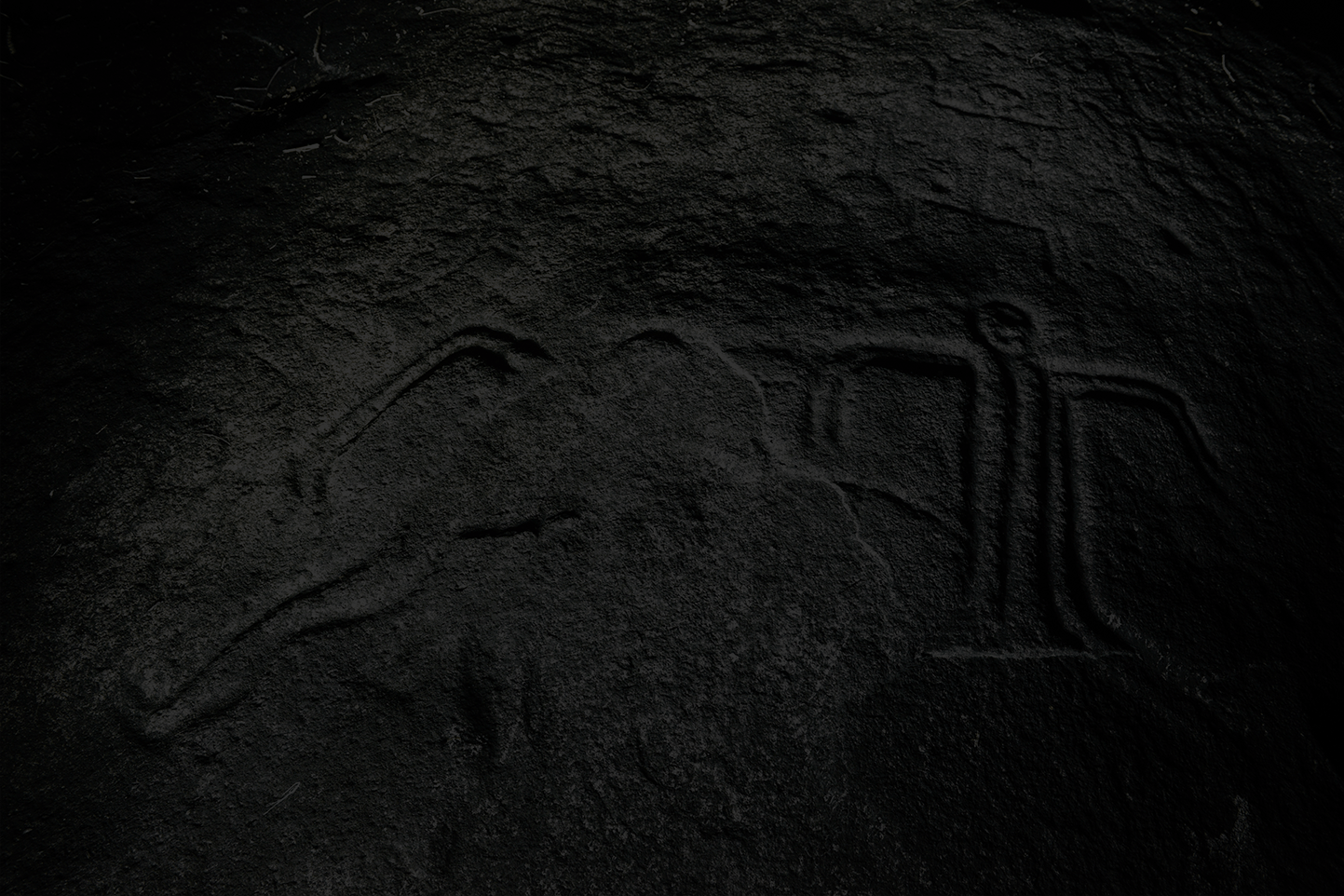“They didn’t ask to be pardoned but I pardoned them to be at peace”
On April 6th, 1994, an explosion reverberated in the skies of Kigali, Rwanda’s capital. An airplane had just been shot down. On board, president Juvenal Habyarimana and his Burundi counterpart. The death of Rwanda’s president would serve as a pretext for the massacre of Tutsis and moderate Hutus whose names were inscribed on lists. This was the culmination of a mechanical genocide, a process that had long been planned by the hardliners of the Hutu regime. Between April 7 th and July 1994, almost a million people were assassinated in Rwanda and three-quarters of the Tutsi population perished. An execution rate four time higher than that recorded durng the most intense period of the Nazi holocaust. With an average of 10,000 deaths each day, the Rwanda genocide became one of the 20 th century’s biggest crimes. Sadly it is known for the use of machetes in massacres and the role the media played in inciting the massacre: hate-filled propaganda echoed by a population that felt neglected in Rwandese society since the Tutsis had been privileged as soon as the Belgians began colonizing the country. Among the authors of these crimes were soldiers, policemen, politicians and ordinary citizens as well as young men, women and even children. This mass murder had the particularity of being the first genocide of proximity since the executioners and victims were neighbors as are their survivors today.
The massacres ended when the FPR (Rwanda Patriotic Front) captured Kigali behind the Tutsi leader Paul Kagame. In July 1994 the country was devastated and in ruins. The surviving population was made up of 70% women. Everything had to be reconstructed. The women took over and, for the first time in their history became, at least legally, equal to men. In October 1994, Godelieve Mukasarasi created Sevota (Solidarity so widows and orphans can flourish to focus on work and self-promotion), a women’s association that offered psychological and financial support to widows of genocide, wives of those who had committed genocide and rape survivors as well as undesired children and orphans. In 25 years, Sevota has aided 74,752 people. It heals wounds, manage victims’ traumas and participates in building a serene society.
The transparent one
“I am known as the righteous one”
Godelieve Mukasarasi grew up in the hills. Since she was a good student at school, her parents, Hutu farmers, accepted that she continue her studies and she became a social worker. She met her Tutsi husband in the town of Taba, they were married and had six children. They owned the Ama Moro “Peace” bar, a store and cultivable lands They lived happily until April 7th, 1994 because as of this day, those whose identity card said “Tutsi” were killed wherever they were. It was truly a manhunt for “prey” who were then slaughtered cruelly like cattle. Godelieve’s husband and children escaped and hid in the hills. She was considered a traitor since she had married a Tutsi. Her daughter was raped but miraculously everyone survived. Godelieve kept her promise and decided to help the surviving women and children. She created the Sevota association and with her husband was also committed to asking for justice for the genocide survivors. They accept to testify in front of the international criminal court for Rwanda (TPIR). In 1996, a few weeks before appearing, her husband was brutally assassinated along with her daughter Angelique and nine other people. Godelieve picked herself up and continued her mission to aid survivors. As she says so well, these women gave her back her own dignity and she now helps them rediscover their dignity. Today Sevota includes 80 associations and over 2,000 members. It offers not only psychological but also financial, social and educative support. Today she dreams of creating a foundation that will be an ambassador for women’s rights and an homage to Rwandese women.
This webdocumentary presents the portrait of Godelieve Mukasarasi and these women from Sevota. It is a lesson in humanity and hope.
It was made for the Oradour Memorial in Glane.

